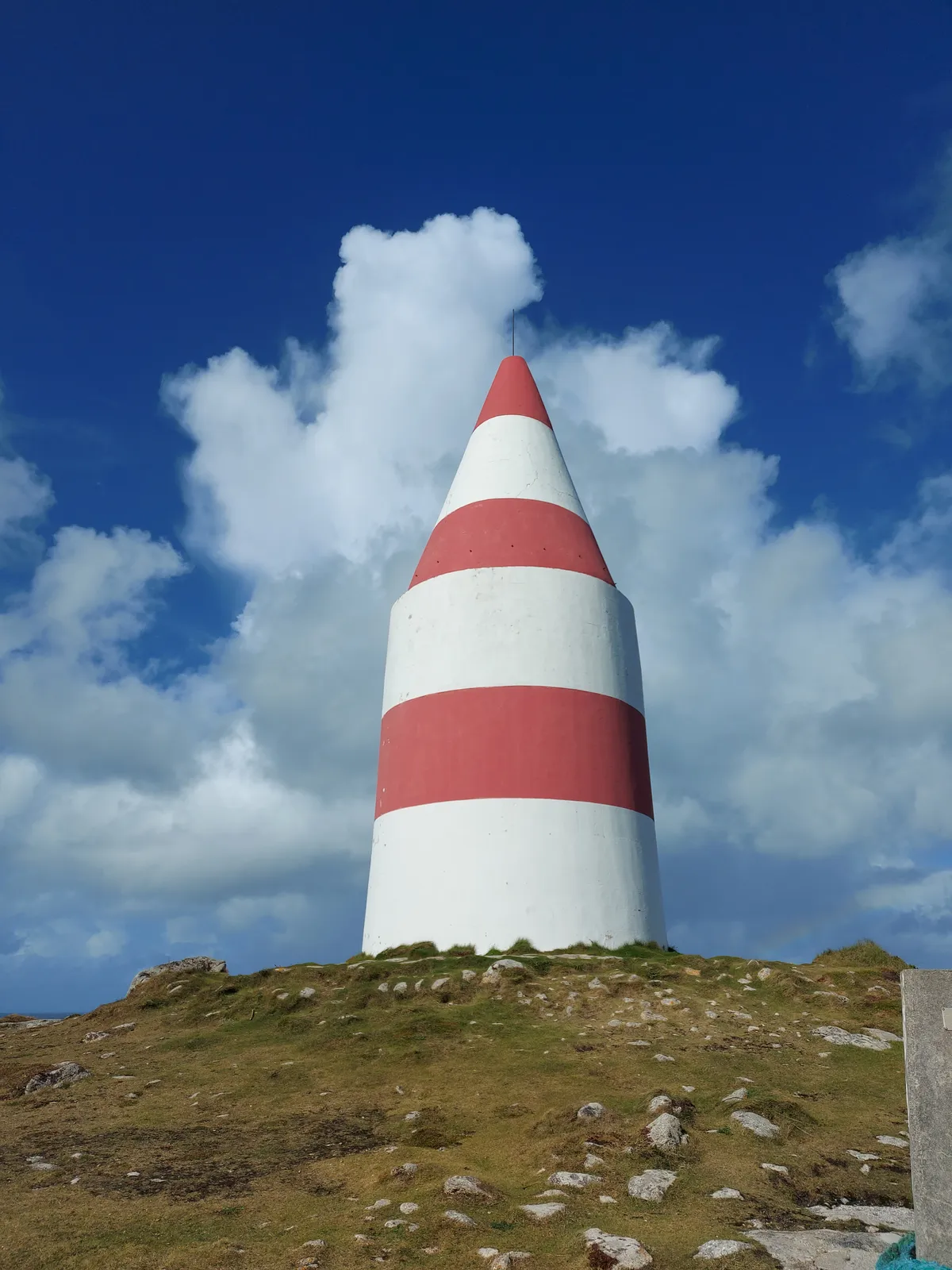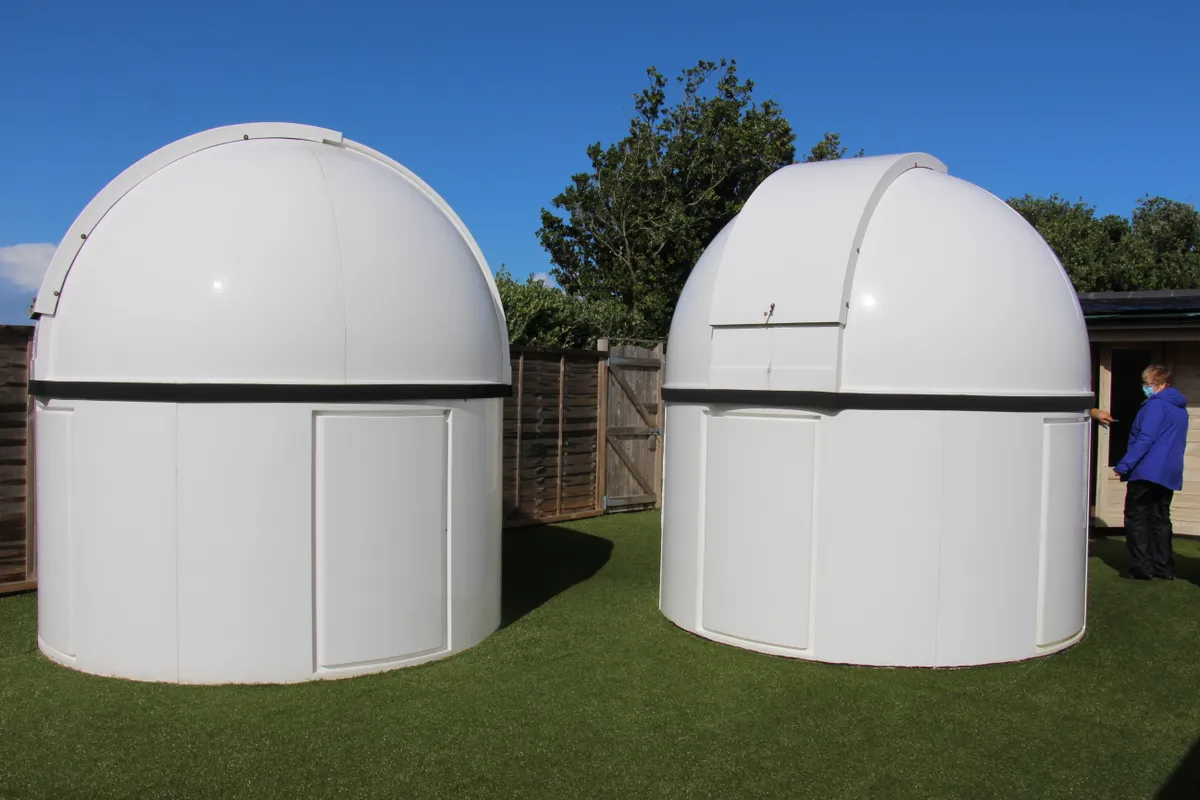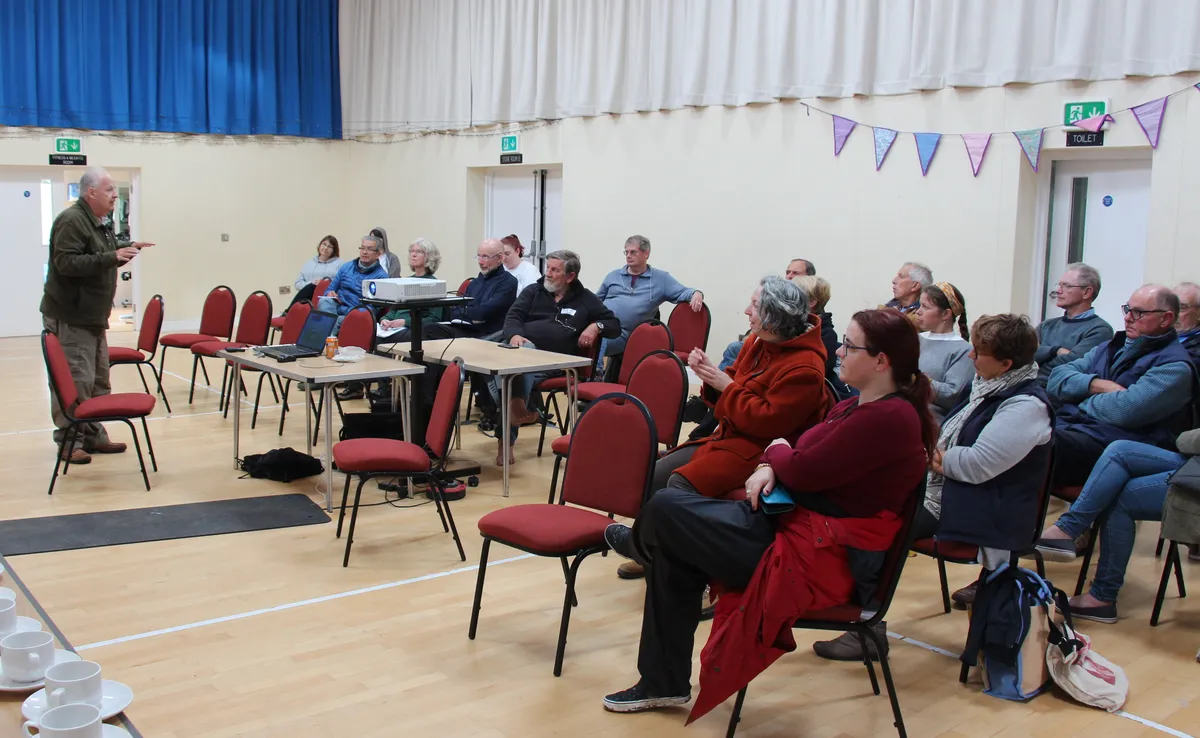Day 1 - Getting to the Scilly Islands
This week marks the inaugural Scilly Dark Skies Week on the island of St Martins, one of the Scilly Islands located in the middle of the English Channel, 28 miles from Land’s End in Cornwall.
With less than 150 people living on the island, and many miles away from the nearest major source of light pollution I have very much been looking forward to making my way down to the island, and catching a glimpse of the night sky from one of the darkest places in the UK.
However, getting to the Scilly Islands turned out to be more complicated than initially anticipated.
I was meant to fly into the main island of St Mary’s that morning, but my flight was pushed back by bad weather meaning I missed the last ferry to St Martin’s, where I would be staying!
Thankfully, such things are fairly common on the island, and a quick call to the landlady at the St Martin’s Vineyard, where I would be staying, was all I needed to sort out another boat to come pick me up, leaving me enough time to enjoy the view across the quay and keep a wary eye on the intermittent clouds that were rolling across the sky.

Safely arrived on St Martin’s, it was soon time to head down to COSMOS – Community Observatory St Martin’s On Scilly – for a few drinks with my fellow attendees of the Dark Skies Week and, if the clouds could hold back for long enough, a spot of stargazing.
The idea for the observatory was first hatched back in 2015, when a group of local stargazers decided the dark skies of St Martin’s were too incredible to not be shared.
After several years of fundraising, including a £60,000 grant from the European Agricultural Fund for Rural Development, the observatory opened in 2019.
“It’s for the whole islands. For all the islands. For everyone,” said Val Thomas, one of COSMOS’s founders.
Alas, though the night was indeed one of the darkest I have ever experienced, this was in part due to the clouds blocking the stars, but I still took the time to look at COSMOS’s twin observatory domes, one of which is equipped with a 5-inch equatorially mounted refractor and a solar scope, while the other has a 14-inch refractor.
As emerged from the dome, I emerged expecting darkness only to see one of the starriest skies I have ever seen from the UK.
Hundreds of stars jumped out immediately, with Cassiopeia shining brightly above.
One of the local astronomers immediately began to use the bright constellation to lead my group through the biggest and brightest stars that were on show that night.
Then after little more than a minute of dark adaptation, a hazy band began to become visible, arching its way across the sky as the Milky Way shimmered into view.
It wasn’t to last though, and the clouds rolled back in again to blot out the stars, though several astronomical objects did put up a good fight.
The skies were so dark, I could still see the bright light of Jupiter filtered through the clouds – a sight I’ve often seen with the bright Moon, but never with a planet.
It may have been only a brief glimpse of a clear night, but it was enough to let me appreciate just how truly dark these skies are.
Day 2 – Predicting the Scilly weather
My second day on the Scilly Isles began with a torrential downpour, but I am fast learning that the current weather here has no bearing on the weather in five minutes!
No sooner has the hammering rain stopped than the clouds clear to blue skies, only to change back a few moments later.
Fortunately, by midday things had brightened up more reliably, which was fortunate as the next event in Scilly Dark Skies Week was a walking tour of the island’s history over the last 10,000 years by Katharine Sawyer from Scilly Walks.

The weather held for another few hours, allowing me time to take a tour of the St Martin’s Vineyard (including a quick sampling of their appropriately named Orion wine) but it wasn’t to last and the rain began again in earnest in time for our first (thankfully, indoor) astronomical talk of the week from planetary astronomer Damian Peach.
The talk was meant to be in person, unfortunately, Damian had fallen foul of the petrol shortage and been stranded at home, but still did his talk over Zoom, imparting his knowledge of how to photograph the planets.
One of the key points he made is that often the weather is often just as important to a good planetary photograph as the equipment you take it with.
Though he gave some great tips about predicting the best conditions, his suggestions for weather forecasts did cause one local to quip “to get the weather forecast on Scilly, stick your head out the window” – that certainly seemed the most reliable method in my experience.
After the talk, I put the theory to the test by sticking my head out the door expecting storm clouds, only to be greeted by a perfectly clear sky.
While the COSMOS operators scrambled to get the domes opened, I took a moment to take in the sky with my own eyes.

Despite standing just a few feet away from the light coming from the hall, it took less than 30 seconds for my eyes to adjust enough to make out the Milky Way arching across the sky from horizon to horizon.
I took myself off to a dark corner and the band of stars became ever more resolved.
It was at that point that Damian Peach’s words about the importance of steady seeing made me notice something very odd – the stars weren’t twinkling.
Because the islands are surrounded by water, there’s none of the disparity between land and sea temperature that causes air turbulence in most areas of the UK, meaning the skies are far steadier than on the mainland.
After a few minutes of marvelling, I was called over to take a look through the 130mm refractor that was focused on Jupiter and its four Galilean moons.
For many of the locals and attendees of the Scilly Dark Sky Week, it was their first time seeing such a sight with their own eyes, and the observatory was soon filled with shrieks of glee as they looked through the eyepiece.
Alas, the clear skies proved as inconstant as they had been all day and the planet began disappearing in and out of the cloud, with each of its disappearances becoming longer than the last.
Rushing to make sure everyone got a look through the eyepiece while the planet was in view, no one got the chance to put their new astrophotography knowledge to use, but I am sure it won’t be long before some of the attendees attempt to take their own images of the planet.
Day 3 – Telescopes and Photography
Today was my last full day on Scilly, so I spent the morning nosing around the handful of shops on the island, splurging on a silver telescope pendant made by St Martin’s jeweller Fay Page to help raise money for COSMOS.
With a few hours left until the evening talk, I headed off to explore the sandy beaches on the north side of the island.
Not letting the fact that it was October and raining stop me, I had a local crab roll as a picnic on the sands of Great Bay before turning back, however despite there being only one road on the island, I quickly managed to get totally lost.

Eventually, I found my way back to the island’s most important landmark – the pub.
Grabbing one for the road, I hurried down to the hall just in time to hear Ian Morison, a former president of the Society for Popular Astronomy, give his overview of a beginner's guide to astrophotography, listing everything you need to know to get started in astrophotography.
In keeping with the island spirit, Ian encouraged the audience to shout out questions and gave lots of good advice on what equipment to buy and how to use it, before giving a live demonstration on some of the fundamentals of image processing.
After a break for dinner, I headed back for Ian’s second talk only for the heavens to open on the way there.
I’d been hoping to get one last look at the sky before I left the next morning, but it was looking like that wasn’t going to happen.
While I left my waterproofs to drip in a corner, Ian led us through the basics of amateur telescopes, again fielding questions from the audience.
One particular comment led to excitement at the idea of star parties – perhaps a St Martin’s Star Party isn’t that far off?

After a fond farewell from the COSMOS team, I made my way back out into the night expecting the worst, but once again the skies surprised me by being perfectly clear.
I quickly got my DSLR out and attempted to snap a shot, propping up it up on a nearby wall but alas, my equipment was proving uncooperative and refused to take any long exposures.
Rather than waste my last night looking at the back of a camera, I packed up my kit, waited for my eyes to adjust to the dark and let the Milky Way guide me back home.
To see some images from people who managed to get their equipment working, take a look at the gallery on the COSMOS website.
